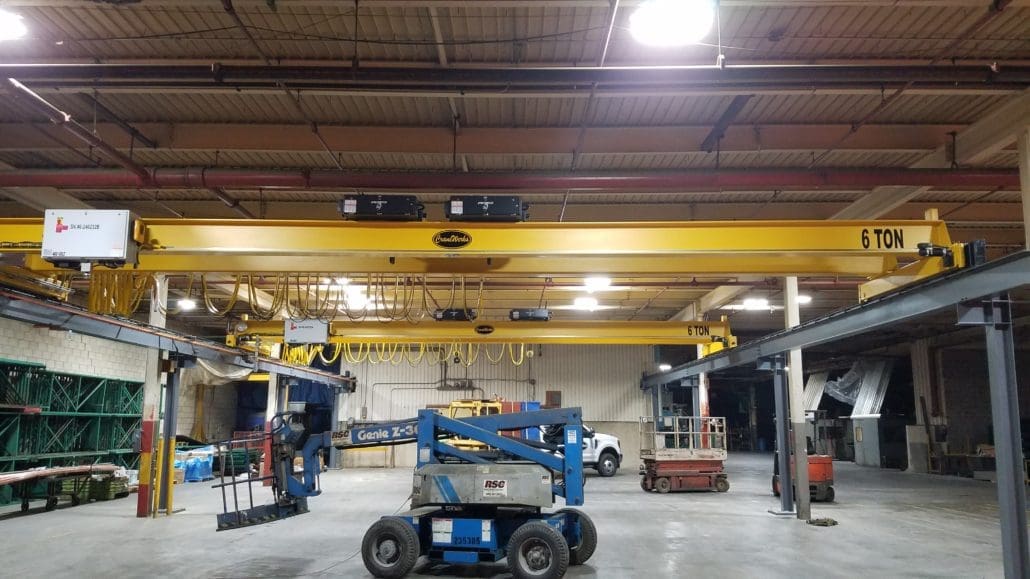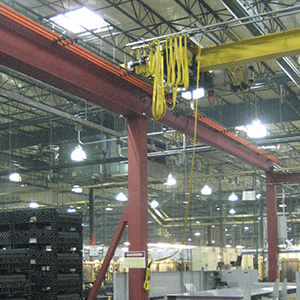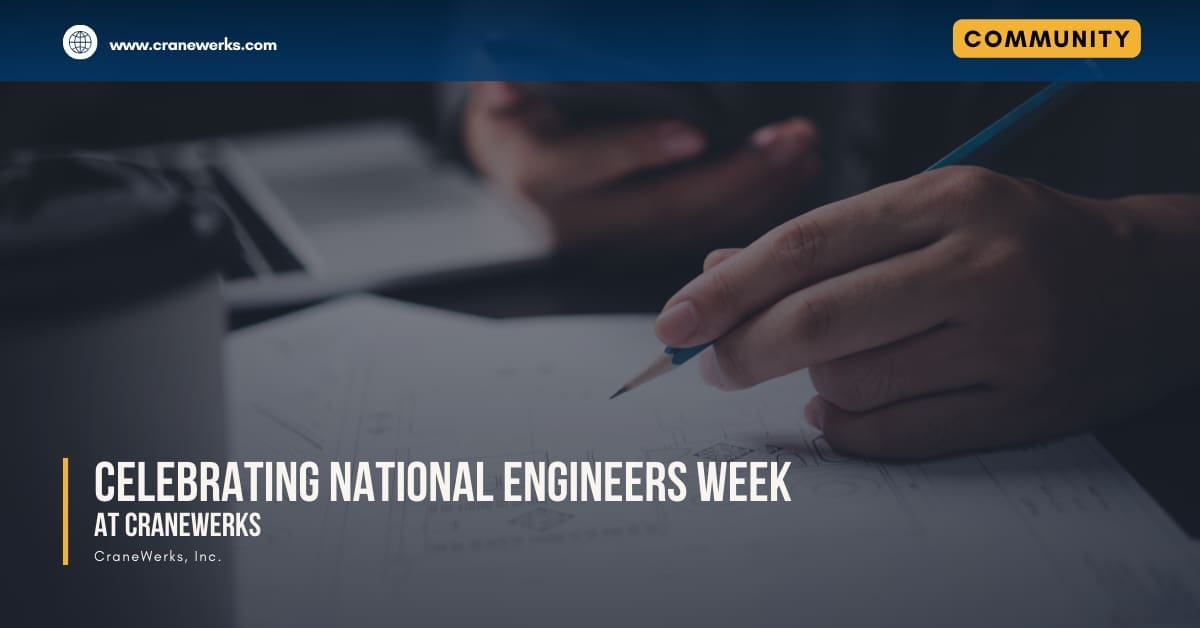Runways
A Key Component in any Crane System
Runways of an overhead crane system can include the beams, columns, and rails that the crane runs along. The bridge or girder end trucks run along a rail which is secured to the top of the runway beams.
The beams are generally supported by one of two main components and it is determined by the configuration of your crane. The top running travelling crane beams are mounted to columns while the under running crane beams are supported from the structure of the roof.
When adding a new crane into your existing building it is important to confirm if the existing columns in the building can support the load of the new crane or if new columns will have to be supplied with the system. If there is a need for new columns then they can be supplied as either tied back columns which are connected to the current structure of the building or they can be entirely free-standing columns separate from the structure of the building. Tied back columns are a great way to provide added lateral support to an overhead crane runway. Runways are offered in top-running and underhung configurations.






